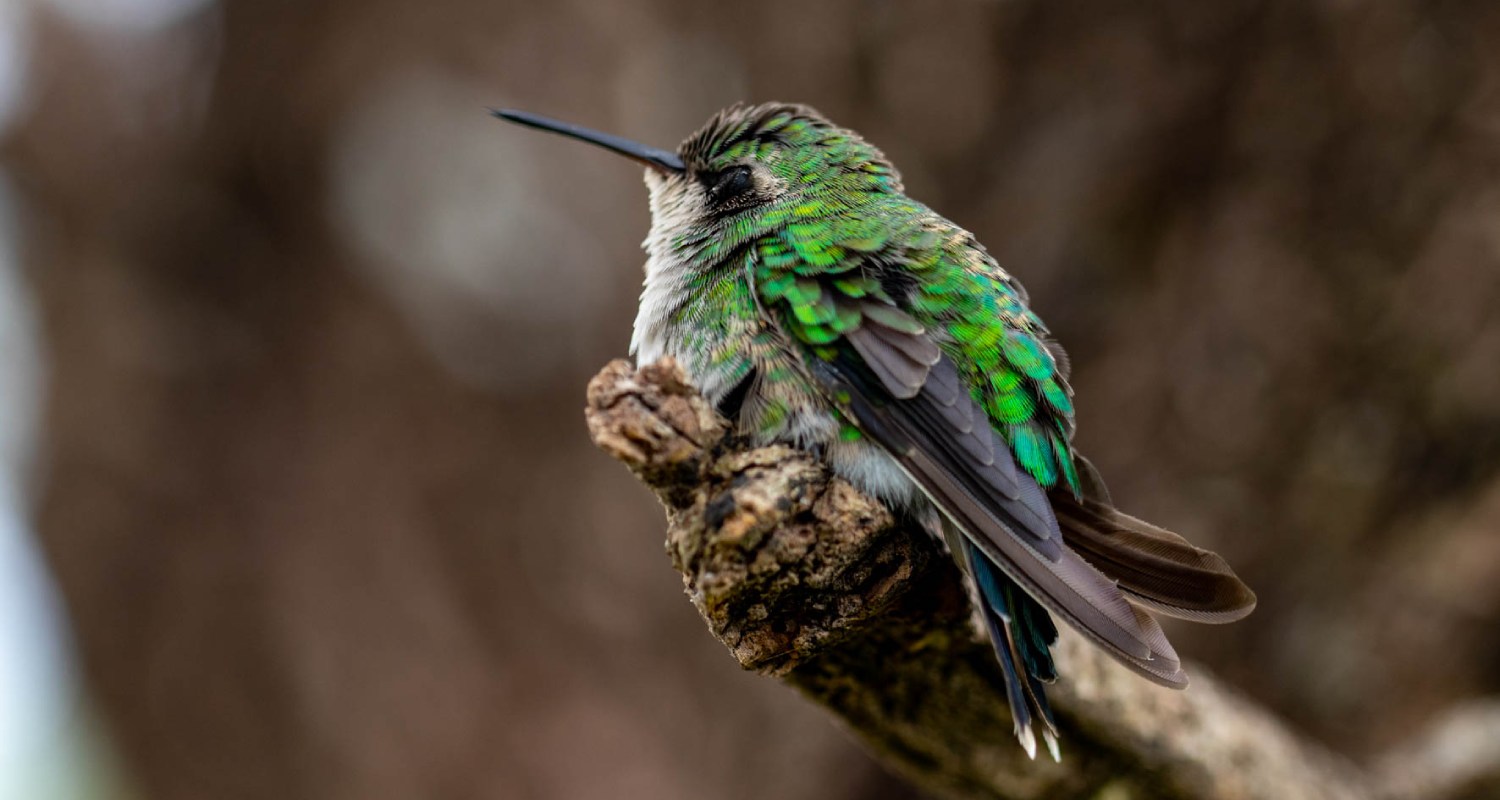Rewilding
Rewilding
Reconnect with nature
Reconnect with nature
Rewilding seeks to restore areas degraded because of human actions to recover their balance and biodiversity. This environmental conservation approach, which uses nature-based solutions, employs techniques such as the introduction of keystone species, the removal of human interferences, or the restoration of processes that occurred in these ecosystems, among others, in order to make these ecosystems self-sufficient again and also to promote the sustainable economic development of these areas.
Moreover, these nature-based solutions help to mitigate climate change, both through the recovery of plant species and through the restoration of the water cycle or the introduction of species that help to restore processes that were typical of that ecosystem and had been lost. Do you want to know what rewilding is in more detail? We tell you all about it.
What is rewilding?
What is rewilding?
To understand what rewilding is and how this restoration of ecosystems damaged by humans is carried out, it is useful to know the three principles on which it is based.
- The reintroduction into the habitat of the so-called "keystone species", such as predators at the top of the food chain and large herbivores, which, in addition to restoring biodiversity to the ecosystem, help to maintain the ecological balance. In the case of predators, because their absence would have consequences throughout the chain, and in the case of large herbivores, because by eliminating grasses they help maintain the natural balance.
- The recovery of natural functions, such as predation and competition between animal species, or seed dispersal by carnivorous birds or mammals, so that these processes can develop without human action.
- The reduction of human intervention, to eliminate as much as possible direct human management. This principle of rewilding may involve, in addition to the reduction of human action, the elimination of infrastructures or the replacement of harmful economic activities with environmentally friendly ones.
Consequently, rewilding has the effect of returning the ecosystem to a state close to the original one, in which these processes were carried out without the need for human intervention.

Origin and history of rewilding
Origin and history of rewilding
Rewilding is quite a recent conservation strategy, which originated just over 30 years ago and which today has become a global trend.
The term rewilding was first used at the start of the 90s by the environmental activist David Foreman, editor of the ‘Wild Earth’ magazine and founder of the Rewilding Institute in 2003. Foreman based his rewilding concept on the introduction of animal species, especially large carnivores, into habitats they had disappeared from. It wasn't just about recovering biodiversity, but doing so with a sufficient population to allow these ecosystems to recover their autonomy.
In 1998, conservation biologists and researchers Michael Soulé and Reed Noss published the article 'Rewilding and biodiversity: complementary goals for continental conservation’, in which as well as using the term coined by Foreman, they recovered his theory of the introduction of large carnivores.
Although this strategy was a novelty in the field of conservation, the term rewilding remained unknown outside of academia until 2020, when science popularizer David Attenborough used it in 2020 in the documentary 'A Life on Our Planet'.
Types of rewilding
Types of rewilding
Nature-based solutions are diverse. As well as those previously mentioned, rewilding techniques include the following:
- Restoration of degraded areas. In severely affected areas, restoration can involve the removal of debris, remodeling of the terrain, and the planting of native plant species.
- Removal of invasive species. Non-native species can cause damage to local ecosystems. The eradication of these invasive plants and animals helps to restore the ecological balance and favors the conservation of native species.
- Soil recovery. Techniques such as reforestation, the use of cover crops, and the reduction of compaction improve soil quality and thus restore soil fertility.
- Reconnection of fragmented habitats. The creation of ecological corridors allows the movement of species between previously fragmented habitats and, as a result, migration and genetic exchange between animal populations. For example, through the establishment of underground tunnels or "green bridges" over roads.
- Extensive stockbreeding and grazing. As with large herbivores, extensive stockbreeding and grazing can improve soil quality, eliminate weeds and thus fires, and promote vegetation regeneration.
- Recovery of aquatic ecosystems. The rehabilitation of wetlands, the removal of disused dams, or the restoration of river meanders to optimize the natural flow of water are also ways to restore aquatic ecosystems and thus their biodiversity.
- Controlled fires. The use of controlled fires is a technique used to manage vegetation and conserve certain types of ecosystems, such as meadows and scrublands. These fires can help eradicate invasive species, encourage the germination of native seeds, and preserve biodiversity.
Rewilding to address climate change
Among many other advantages, rewilding also has potential for mitigation and adaptation to climate change, in several ways:
- CO2 capture. The restored ecosystems, such as forests and meadows, have the capacity to capture and store large amounts of CO2, both in biomass and the soil.
- Regulation of the water cycle. Recovered ecosystems have the capacity to regulate the water cycle, which increases water availability and reduces the risk of floods and droughts.
- Increased resilience. Biologically diverse ecosystems are more resilient to extreme weather events, fires, and pests.
- Creation of ecological corridors. By connecting fragmented natural areas, the movement of species in response to climatic changes is facilitated, allowing them to migrate to more suitable habitats.

At Repsol, we have a commitment to the conservation of biodiversity and ecosystem services. Some principles of this management are the commitment to not operate in biodiversity-sensitive areas, impact assessment, and the restoration of the environment in which we develop our activity.
Our company takes part in projects to promote biodiversity, such as the restoration in 2022 of 3 hectares of corals in the reefs of the Veracruz Reef System National Park, in conjunction with the National Commission of Natural Protected Areas (CONANP) and the company Oceanus A.C.
Moreover, through the Repsol Foundation's Green Engine initiative, we reforest burned or barren land with native species, to recover biodiversity while we generate local and inclusive employment.


